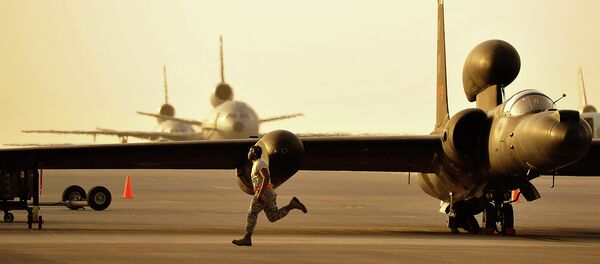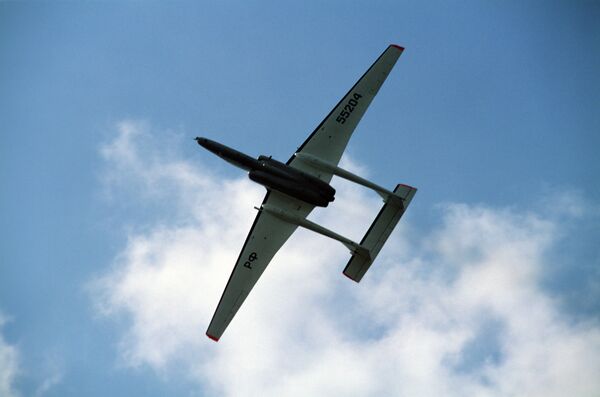The M-55, codenamed "Mystic "by NATO, is a single-seat high altitude geophysical research aircraft which was developed by the Myasishchev Design Bureau in the Soviet Union.
The history of the plane's creation goes back to the 1960s, when the United States unveiled a spate of programs to develop high altitude reconnaissance balloons which were used to gather information over the USSR and People's Republic of China.
To counter these balloons, the Myasishchev Design Bureau proposed Subject 34, nicknamed 'Chaika' (Russian for 'seagull') due to its inverted gull wing design.
In the late 1970s, the design of the Chaika was adapted as a reconnaissance aircraft. It emerged as the Myasishchev M-17 Stratosphera plane, which featured a revised airframe, including straight tapered wings.
The plane, codenamed Mystic-A by NATO, first flew on May 26, 1982 and was used for exploring the Ozone layer over Antarctica in 1992. The M-17 set a total of 12 FAI World Records, including on March 28, 1990, when the aircraft set an altitude record of 21,830 meters (71,620 feet).
In 1987, the M-17 was replaced with the M-17RN, later known as the M-55 Geophysica and dubbed Mystic-B by NATO. First flown on August 16, 1988, the M-55 airframe was further revised. It featured a longer fuselage pod housing two un-reheated turbojet engines; it had shorter span wings and comprehensive sensor payload.
The 23-meter-long plane has a wingspan of more than 37 meters and a cruise speed of 750 kilometers per hour. The plane is able to stay in flight for 6.5 hours, and its pilot is even able to have meals while flying using special food tubes.
On the whole, the current role of the Mystic-B is to conduct environmental sampling missions or high-altitude research and endurance flights. Right now, only one such plane remains in service in Russia.
A new version of the M-55 is reportedly being developed, with wingroot mounted engines installed in a conventional fuselage carrying a sweptback tail unit. Also, there are reports that the next incarnation of the plane will be an unmanned aerial vehicle.





